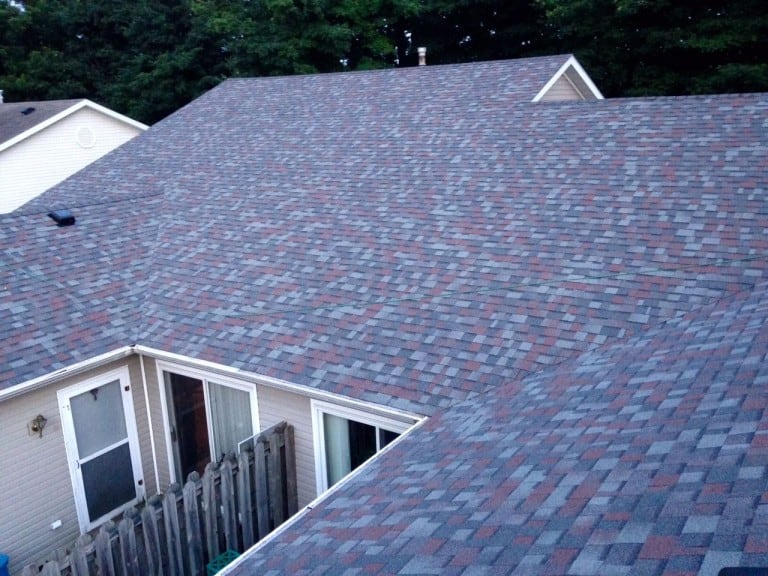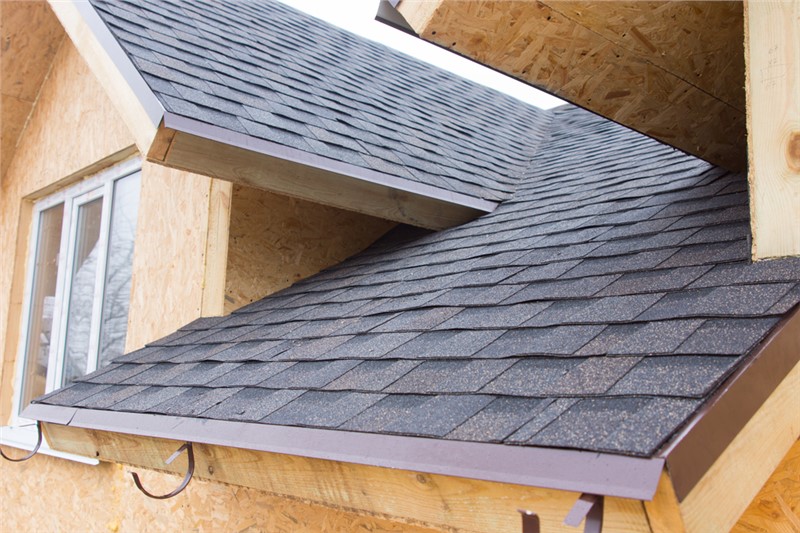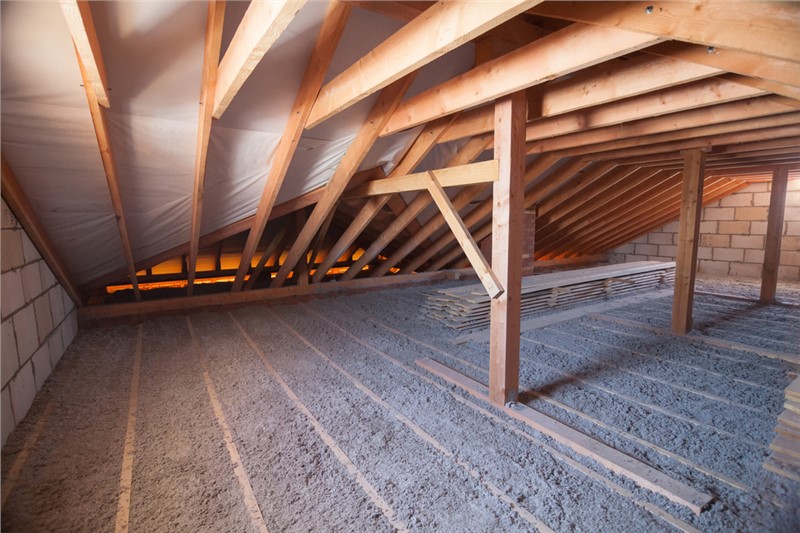Whether there’s water seeping up from your foundation, water coming in from your windows or water coming in through holes in your roof, leaks can lead to long-term, costly damage to your home. Therefore, it is important that you don't leave them untreated.
Signs That Your Roof Is Leaking
Overcoming A Roof Leak
Tags
Subscribe to J & B West Roofing and Construction's Blog











Comments